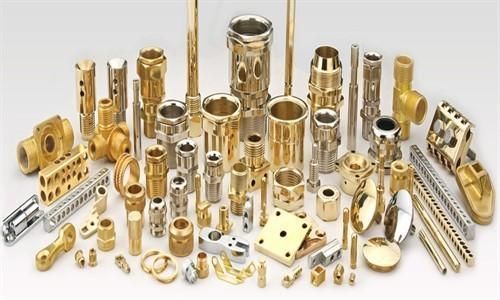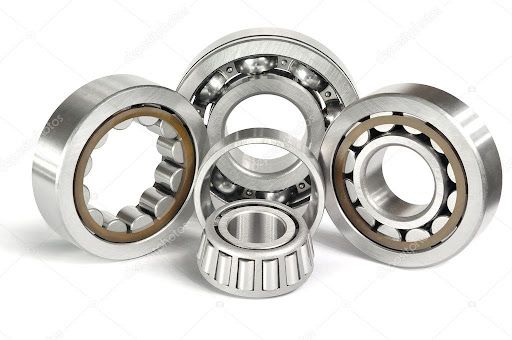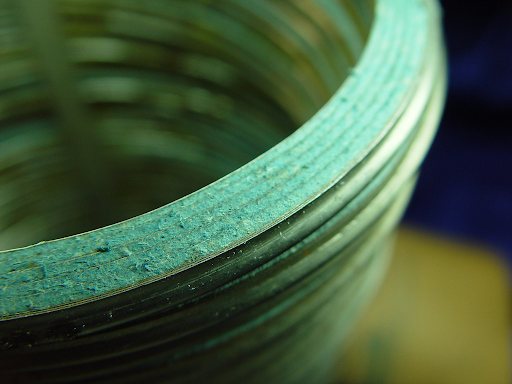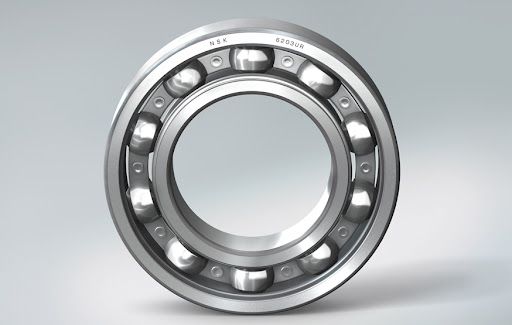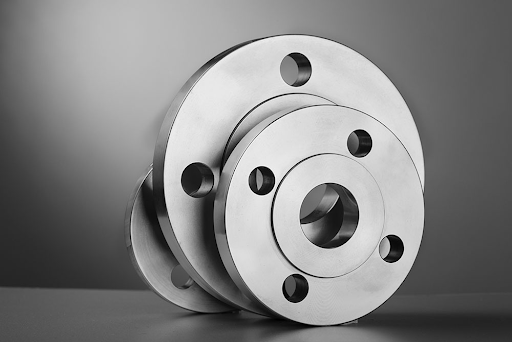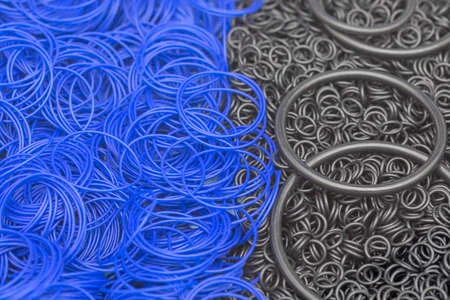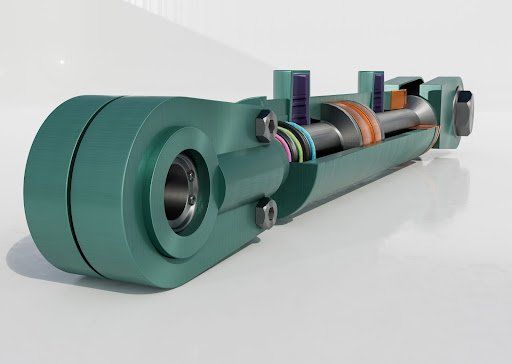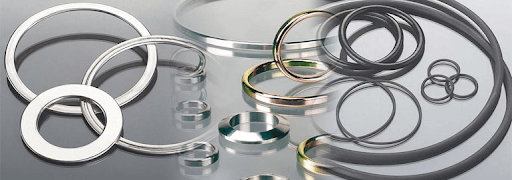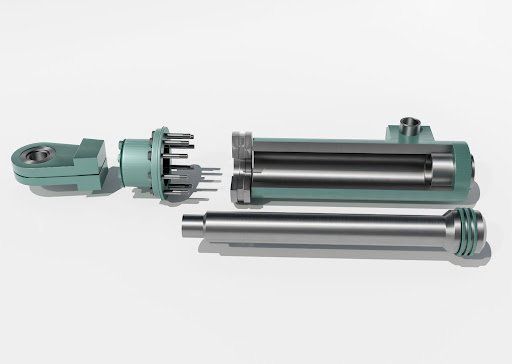Protect Your Outdoor Industrial Hoses
Protect Your Outdoor Industrial Hoses
Industrial hoses are far more than just flexible, durable, reinforced tubes. If your business involves industrial machinery and factories or plants that move fluids around, then you'll understand that industrial hoses are a vital element of your operations. It's therefore essential that any risk of hose failure is kept to an absolute minimum and carefully monitored to avoid costly and unnecessary downtime. This is fairly simple in a controlled environment but what do you do when your hoses have to run outside and are exposed to the harsh and variable elements of nature?
Let's first investigate which types of applications or outdoor activities require hoses that will be exposed to the forces of nature. Markets such as the oil, gas, chemical and petrochemical industries, as well as the mining and agriculture sectors, are mostly run in outdoor facilities or open-air projects. These can include offshore or onshore, and sometimes even aerial facilities. Other examples include fire engines, airports and sea charters. All these industries have one thing in common: they all require industrial hoses that are completely weather resistant.
Rubber hoses, even reinforced industrial rubber hoses, become sensitive to the elements, particularly if they're exposed to the outdoors for long periods of time. Extreme temperatures, constant movement, very little movement (a 'frozen' state), light, puddles, machinery, trucks - all these influencing factors on a daily basis will eventually wear down the hose material and cause the risk of dangerous failures. Of course, in any industrial setting, this kind of harsh exposure is an inevitable part of the job but being aware and taking care of your hoses will save you in the long term.
A major concern is that many installations, rigs and factories are still using conventional rubber hoses to transport fluids in their open-air applications. This poses an enormous risk to the staff, the company and the surrounding environment because even after just a few months, conventional rubber will wear down from exposure. Consider the simple risk of a damaged hose, responsible for transporting water in the event of a fire. The consequences of that could be monumental, particularly when avoiding that risk requires very little effort and cost.
The simplest way to reduce the risk of hose-failure is to ensure the product you install is made from high-quality materials and designed to withstand all that nature and mankind will throw at it. Investing in accessories such as cable glands and fittings that are weather resistant, will also go a long way to insuring your assets and long-term needs. Make sure you speak to a trusted supplier about which product will suit your application best. Bearing Centre stocks a wide selection of accredited and highly regarded products . Contact us today for the best in quality, workmanship and service.

